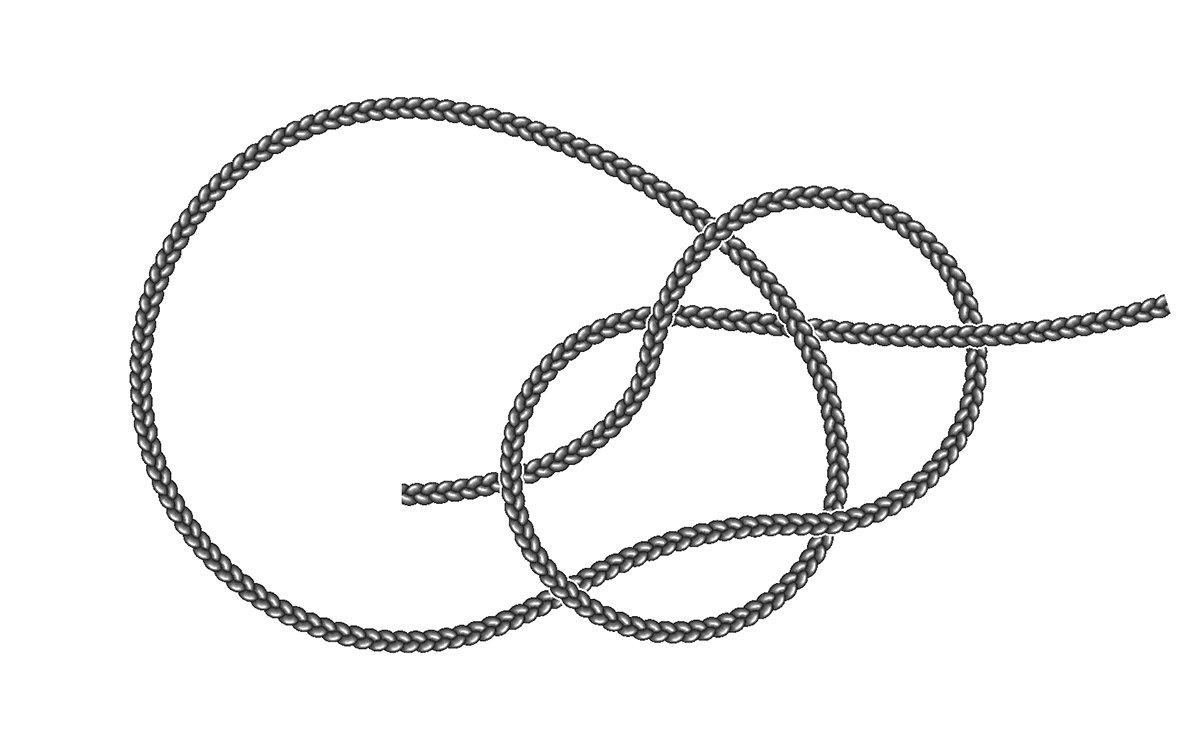These don't take much time or effort, but they'll pay dividends in fall
Admittedly, most waterfowl hunters aren't thinking too seriously about the upcoming season. We're busy chasing turkeys or recovering from spring light-goose conservation hunts.
That's no problem, as there's plenty of time to fix decoys, get our boats purring and fine-tune our retrievers. But during this not-so-serious time months before the first teal and goose seasons, we can take a moment or two to work on easy skills that might boost our efficiency and success this autumn. Consider these simple tune-ups.
Learn to Tie a Bowline Knot
The bowline, which originated from sailors, has been called the king of knots or the most useful knot in the world. Maybe that's true, but it's certainly the best knot for duck hunting. My diver hunting mentor taught me this knot 30 years ago, and I still use it for tying anchors, decoy lines and tow ropes. Amazingly strong, this knot will not pull out, yet you can untie it fairly easily if needed.
I can explain how to tie a bowline, but you really need to review the procedure visually and practice it. Basically, you form a loop near the end of the rope or line, bring the end up through the hole, take it around the loop right to left and then bring it back through the loop. Some folks simplify this process with an easy analogy. They call the loop a rabbit hole. Then, the rabbit comes out, runs around the tree and hops back into its hole.
Describe it in whatever terms you prefer. Just learn to tie a bowline.
Transition From Monitor to Boots
Technology has made scouting so much easier. I love looking at aerial photos to locate hidden sloughs, tiny backwaters, fields between roosting waters and destination fields and other ducky areas. However, as I've learned the hard way, there can be a disconnect between Google Earth and the real world. That is, you still need to lace up your boots (or waders) and investigate potential hotspots firsthand.
I take a pretty easy-going approach. First, I view photos and identify areas that might merit a closer look. Then, I plan quick scouting forays that tie in with other activities. If I'm fishing, for example, I might make a half-hour detour to check out a bayou off a major river. While turkey hunting, I put the yelper away for a bit and visit a remote ditch or pond. Or if I'm driving somewhere, I'll veer off the highway and glass some public spots or lake shorelines. These aren't serious scouting missions — just brief forays that help me find potentially hidden hotspots and eliminate unproductive water. And they prepare me for hardcore scouting in late summer or early fall.
Practice with a Low Gun
Everyone shoots during the off-season. We know it's important, and it's darn fun. But many folks get too caught up in their skeet or sporting-clays scores and forget the most important aspect of field wing-shooting: correctly mounting the gun. You can only accomplish this by practicing your pre-mount and mount and then shooting with your gun starting in the low-ready position.
This might be as simple as taking your gun out of the safe now and then and shouldering it several times, trying to simulate the muscle action you'd use when firing at a duck. Better, shoot clay targets by starting with your gun at port arms or lower. Call for the bird, smoothly shoulder your gun as you would in the duck blind and shoot the target. Yeah, it takes a split-second longer. And sure, poor gun mounts will cost you a bird or two. But through time, you'll fine-tune your pre-mount and mount motions so they're second nature afield. And really, 25s in trap and skeet are great, but lethality afield trumps all.
Quick and Easy
Learn these simple skills this off-season. They might seem like afterthoughts, but they could pay off big this season.
Click here for more Realtree waterfowl hunting content. And check us out on Facebook.







